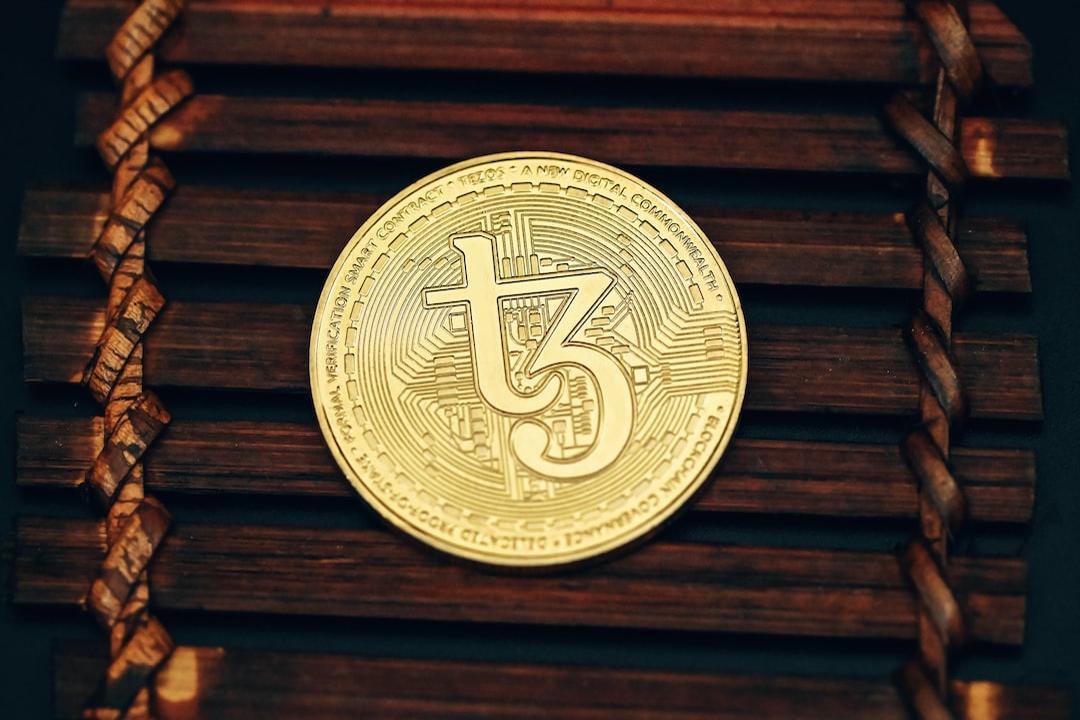The opinions expressed in this article are solely those of the author and do not necessarily reflect the views and opinions of the editorial team at crypto.news.
In the iconic opening scene of the movie Blade Runner, a character called Holden uses a fictional version of the Turing test to determine if Leon is a replicant, which is a humanoid robot. To conduct the test, Holden tells Leon a story in order to elicit an emotional response. He says, “You’re in a desert, walking along in the sand, when all of a sudden you look down…you look down and see a tortoise, Leon. It’s crawling toward you…” As Holden continues the hypothetical story, Leon becomes increasingly agitated, revealing that he is not human.
While we haven’t reached the level of Blade Runner in the real world, as artificial intelligence (AI) and machine learning become more integrated into our lives, we need to ensure the authenticity of the AI models we use.
This is where zero-knowledge proofs (ZK proofs) come into play. Essentially, ZK proofs allow one party to prove to another that a specific computation was executed correctly without revealing the actual data or requiring the verifier to redo the calculations. It’s similar to solving a sudoku puzzle, where verifying the solution is easier than solving it.
This property of ZK proofs is particularly valuable when computational tasks are performed off-chain to prevent network overload and high fees. With ZK proofs, these off-chain tasks can still be verified without burdening blockchains, which have computational limitations due to the need for all nodes to verify each block. In essence, ZK cryptography is necessary to securely and efficiently scale AI and machine learning.
Machine learning, a subset of AI, is known for its intensive computational requirements, as it involves processing vast amounts of data to simulate human adaptation and decision-making. ML models have the potential to transform nearly every industry, but they also push the boundaries of computation. So, how do we verify and ensure the authenticity of ML models using blockchains, where on-chain operations can be prohibitively expensive?
We need a reliable way to trust AI models, ensuring that the models we use haven’t been tampered with or falsely advertised. While it may not be a big deal if the quality of responses from a ChatGPT model discussing sci-fi films decreases, industries like finance and healthcare require accuracy and reliability. A single mistake could have widespread negative economic consequences.
This is where ZK plays a crucial role. By leveraging ZK proofs, ML computations can be executed off-chain while still allowing for on-chain verification. This opens up new possibilities for deploying AI models in blockchain applications. Zero-knowledge machine learning (ZKML) enables cryptographic verification of ML algorithms and their outputs while keeping the actual algorithms private, bridging the gap between AI’s computational demands and blockchain’s security guarantees.
One of the most exciting applications of ZKML is in decentralized finance (DeFi). Imagine a liquidity pool where an AI algorithm manages asset rebalancing to maximize yield and improve trading strategies. ZKML can perform these calculations off-chain and then use ZK proofs to verify the legitimacy of an ML model, ensuring it’s not another algorithm or someone else’s trades. Additionally, ZK can protect users’ trading data, allowing them to maintain financial confidentiality even if the ML models they use for trading are public. The result is secure AI-driven DeFi protocols with ZK verifiability.
As AI becomes more central to human activities, concerns about tampering, manipulation, and adversarial attacks continue to grow. AI models, especially those making critical decisions, need to be resistant to attacks that could compromise their outputs. We not only want AI applications to be safe in the traditional sense of predictable behavior but also to create an environment where the model’s integrity is easily verifiable.
In a world where AI models are increasingly prevalent, we are essentially living our lives guided by AI. As the number of models grows, so does the potential for attacks that undermine their integrity. This is particularly concerning in situations where the output of an AI model may not be as it seems.
By integrating ZK cryptography into AI, we can start building trust and accountability in these models. Just like an SSL certificate or security badge in your web browser, there may be a symbol for AI verifiability, ensuring that the model you interact with is the one you expect.
In Blade Runner, the Voight-Kampff test aimed to distinguish replicants from humans. Today, as we navigate a world increasingly driven by AI, we face a similar challenge of differentiating authentic AI models from potentially compromised ones. In the crypto world, ZK cryptography could serve as our Voight-Kampff test, providing a robust and scalable method to verify the integrity of AI models without compromising their inner workings. With this approach, we can ensure that the AI guiding our digital lives is exactly what it claims to be.
Read more: Connect people and platforms: The identity-first path to decentralization | Opinion
Rob Viglione is the co-founder and CEO of Horizen Labs, a development studio behind several leading web3 projects such as zkVerify, Horizen, and ApeChain. Rob is deeply interested in web3 scalability, blockchain efficiency, and zero-knowledge proofs. His work focuses on developing innovative solutions for zk-rollups to enhance scalability, cost savings, and efficiency. He holds a Ph.D. in Finance, an MBA in Finance and Marketing, and a Bachelor’s degree in Physics and Applied Mathematics. Rob currently serves on the Board of Directors for the Puerto Rico Blockchain Trade Association.

